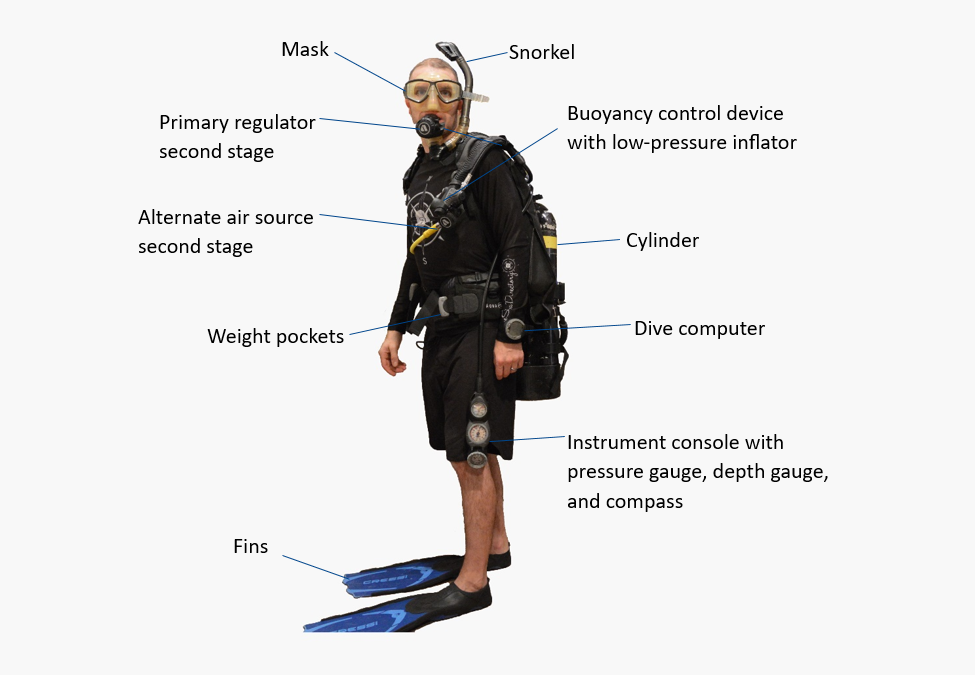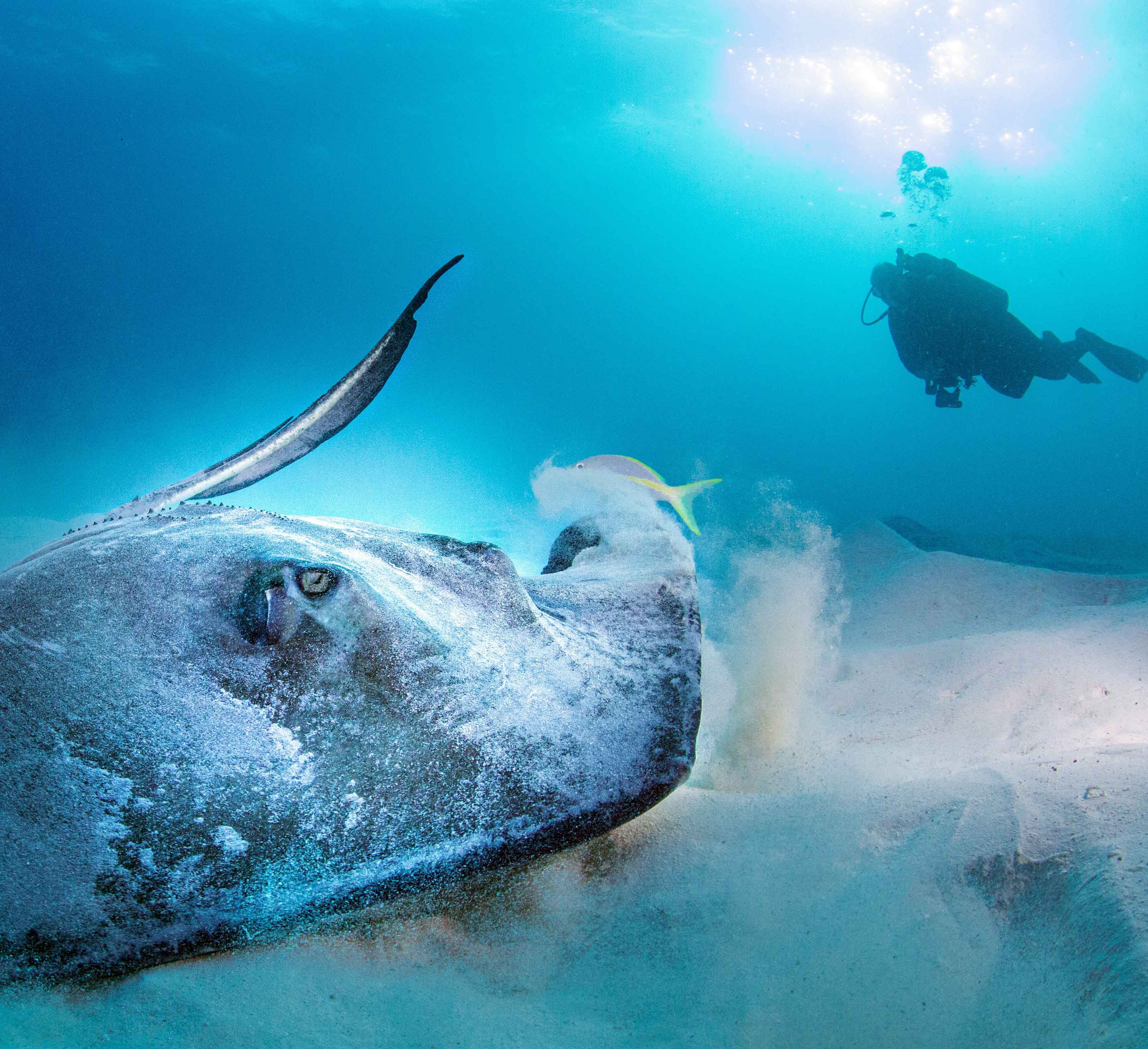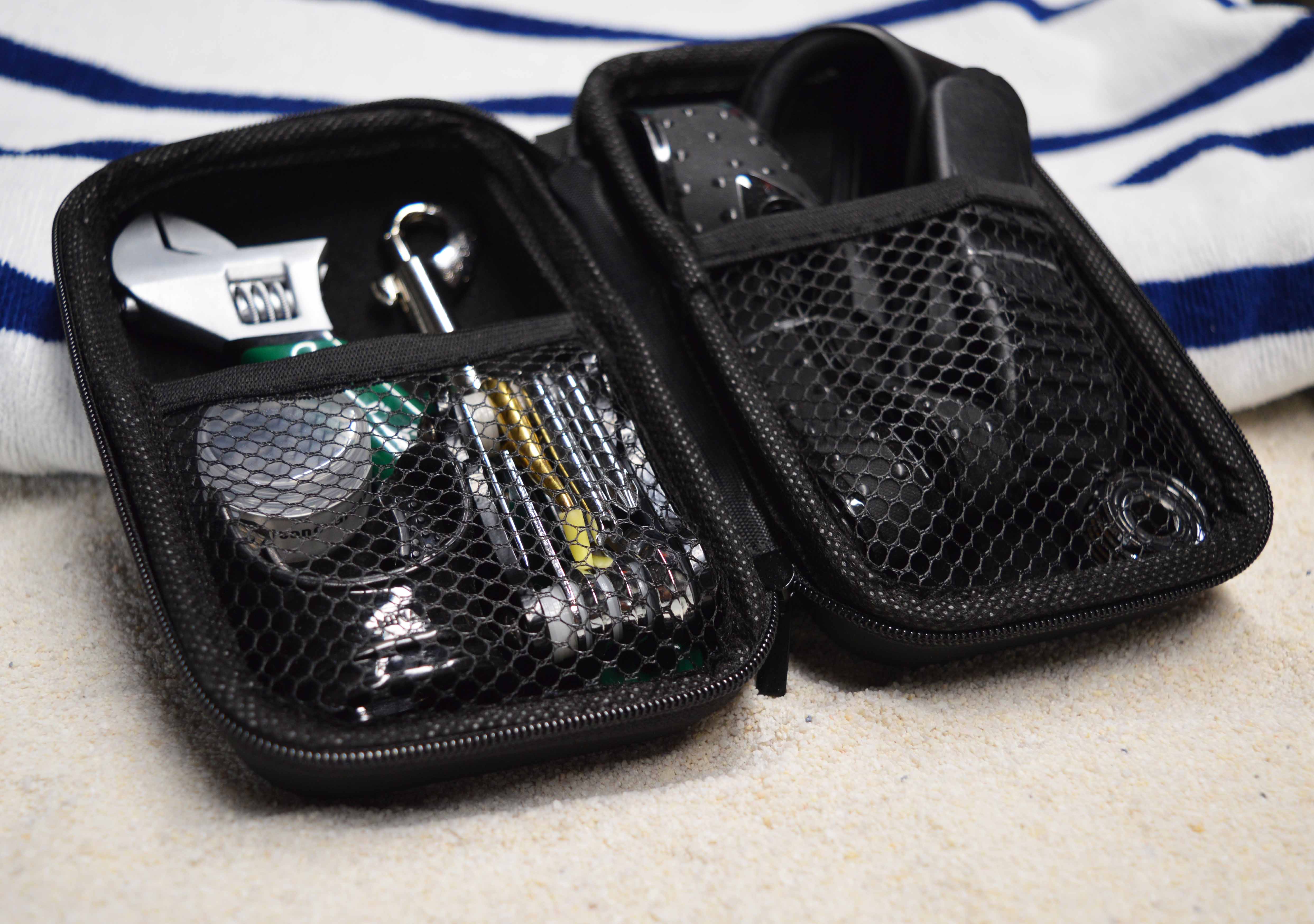Scuba Equipment 101
TheScubaDirectory ⋅ August 28, 2024

To be a successful diver, it is important that you understand the different parts and components of your dive gear. The ability to assemble your dive gear is a required skill you will learn during your training and understanding how to spot potential problems quickly on the surface will prevent issues during your dive.
Mask
Obviously, the purpose of the mask is to allow divers to see underwater. There are many different shapes, sizes, and styles available but it is important to make sure you select a mask that is best for you. When selecting your mask, the following are a few good features to keep in mind:
- Comfortable skirt with a close fit to your face.
- Strong retaining headband.
- Wide field of vision.
- Shatterproof glass.
- Easy access to nostrils to make equalizing your ears easier.
Snorkels
Snorkels benefit a scuba diver in a couple different ways. First, it allows you to keep your face in the water on the surface and save air. Second, when on the surface, a snorkel will prevent water from getting in your mouth if there is splashing waves or surface chop.
Fins
In both Scuba and snorkeling, fins are your main form of propulsion through the water. Generally, fins come in two styles: full foot fins and open heel fins. Open heel fins have adjustable heel straps whereas full foot fins enclose the heel and have a more fitted fit. The types of fins you select typically depend on the type of diving you plan on doing. Be sure to consider where you are doing your training and also where you plan on diving in the future when selecting your fins.
Essential Gear
Buoyancy Control Device
Buoyancy control devices (BCDs) or Buoyancy compensators (BCs) are inflatable bladders that you can inflate or deflate to control your buoyancy. You can inflate your BCD either orally or most often by using your low-pressure inflator with air directly from your tank. BCDs come in a variety of styles with different features. Recreational divers typically use jacket-style whereas front-mounted or back-mounted as usually used for other dive specialties.
Cylinder
Scuba cylinders or tanks are cylindrical containers made from either steel or aluminum used to safely store high-pressure air. The purpose is to allow divers to have their own source of air.
Regulators
Regulators are a crucial part of your gear as they allow you to breathe underwater. Regulators reduce the high-pressure air in your cylinder to a level that is safe and comfortable to inhale. Most scuba regulators consist of two stages – the first stage and the second stage.
- First Stage: The first stage is attached to the scuba tank and reduces the high-pressure air to an intermediate pressure. This intermediate pressure is then sent through a hose to the second stage.
- Second Stage: The second stage is the part of the regulator that the diver puts in their mouth. It further reduces the air pressure from the intermediate pressure to ambient pressure, allowing the diver to breathe comfortably at the same pressure as the surrounding water.
Submersible Pressure Gauges (SPGs)
The main purpose of a diver's SPG is to provide real-time information about the amount of air remaining in their tank. It is important to develop a habit of checking your SPG during your dive to keep an eye on your air consumption.
Dive Computer
Dive computers are essential tools for scuba divers. They provide real-time information and calculations to enhance safety and enjoyment during dives. The following are some key features:
- Real-time depth monitoring: Dive computers continuously monitor the depth of the diver during the entire dive. This information is crucial for dive planning and avoiding depth-related issues such as decompression sickness.
- Elapsed dive time: Dive computers track the duration of the dive from the moment of descent. This is used in conjunction with depth information to calculate nitrogen absorption and remaining no-decompression time.
- Decompression limits: Dive computers use algorithms to calculate the amount of nitrogen absorbed by the body during a dive. Based on this information and the time spent at various depths, the computer determines the decompression status of the diver.
- Safety stops: Dive computers often recommend or require safety stops during ascent to reduce the risk of decompression sickness. These stops are calculated based on the dive profile and are typically performed at shallower depths.
- Water temperature: Dive computers often include a temperature sensor to provide information on water temperature. This data can be useful for understanding thermal comfort and potential hazards such as cold-water exposure.
- Dive log: Many dive computers store detailed dive profiles, including depth, time, and temperature data. This information is useful for post-dive analysis, dive planning, and record-keeping.


